Copper Creek Homes
10-Minute House Repair and Home Maintenance Tips
Simple solutions to household headaches that take 10 minutes or less - these house repairs are quick and easy
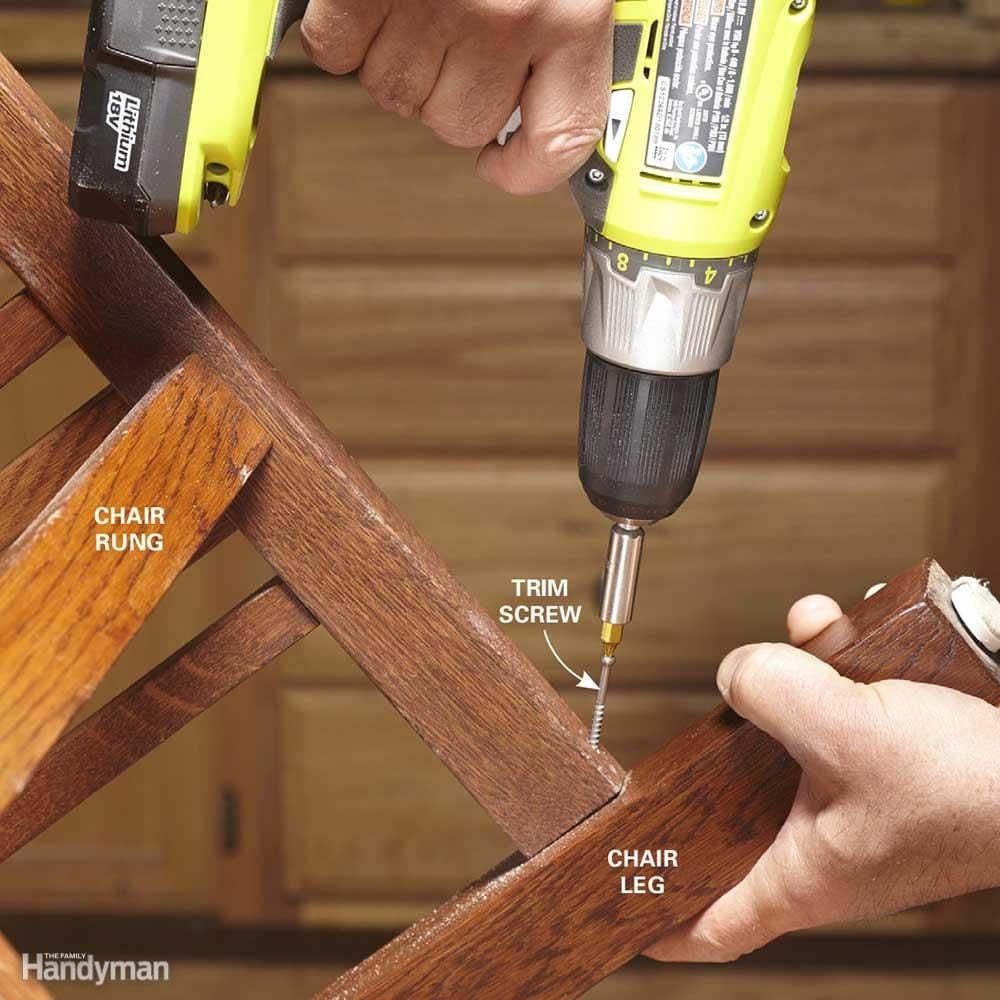
Cheater's Chair Fix
Trying to keep a rickety old chair together without going through the trouble of taking it apart and regluing it? Just drill pilot holes and drive trim-head screws through the bottom of the rungs and into the legs.
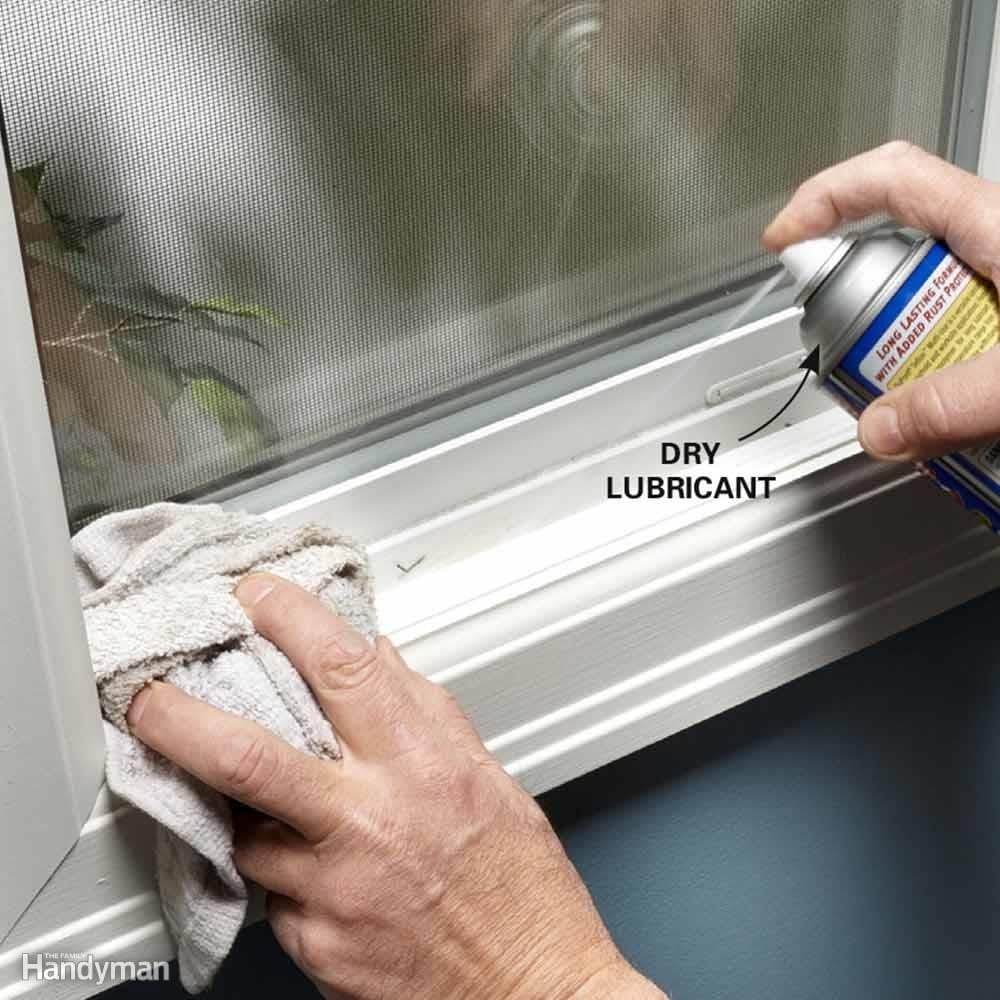
Lube a Sticking Vinyl Window or Door
When vinyl windows and doors don't operate smoothly, it's usually because gunk has built up in the channels. But sometimes even clean windows and doors can bind. Try spraying dry PTFE spray lubricant on the contact points and wiping it off with a rag. Don't use oil lubricants; they can attract dirt, and some can damage the vinyl.

Fix a Shutoff Valve
There's nothing worse than starting a sink or toilet repair only to find that the shutoff valve won't shut off. Some shutoff valves are easy to replace. For those that aren't, turn off the main water valve, remove the packing nut, and then unscrew the stem and take it to the hardware store to find a replacement washer. Clean any grit out of the valve body and pop on the new washer. The valve will work like new.
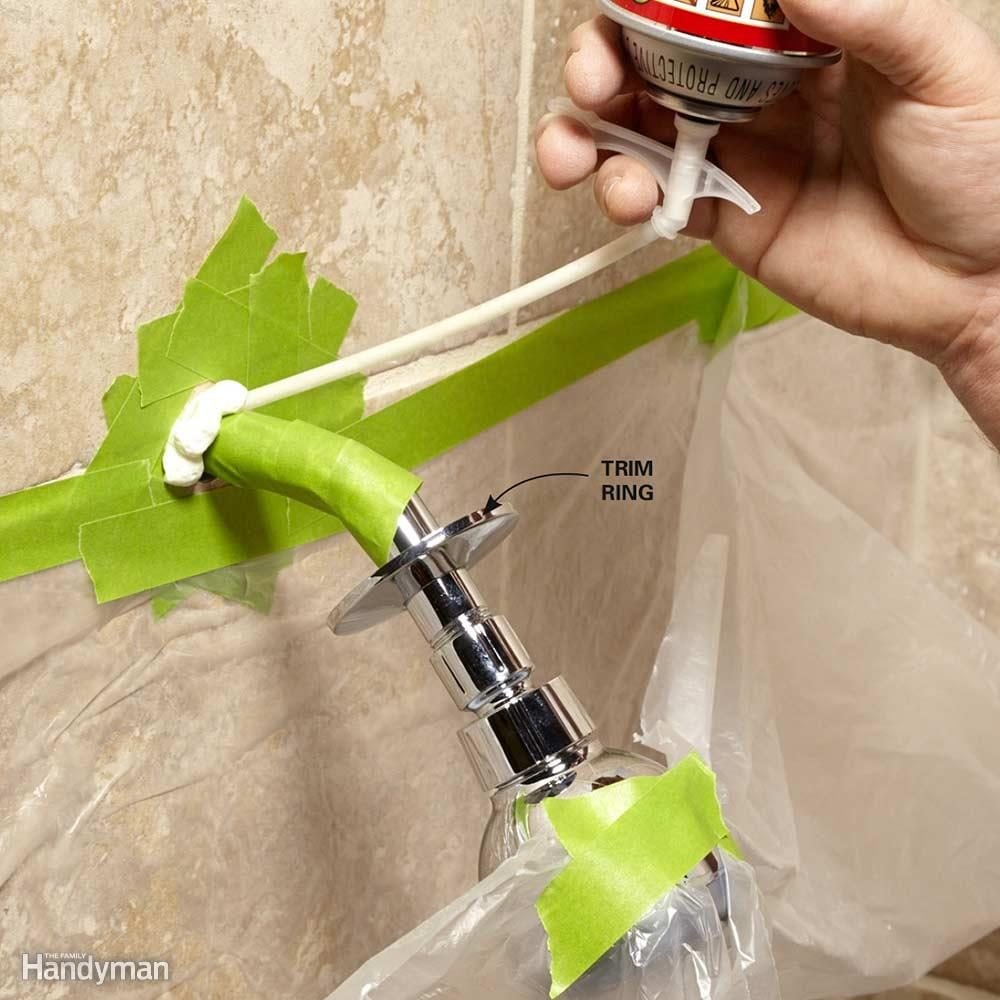
Foam a Loose Showerhead
Fix a wobbly showerhead, or any wobbly pipe, with a few squirts of expanding foam. The foam encases the pipe in the wall and locks it into place, eliminating the wobble.
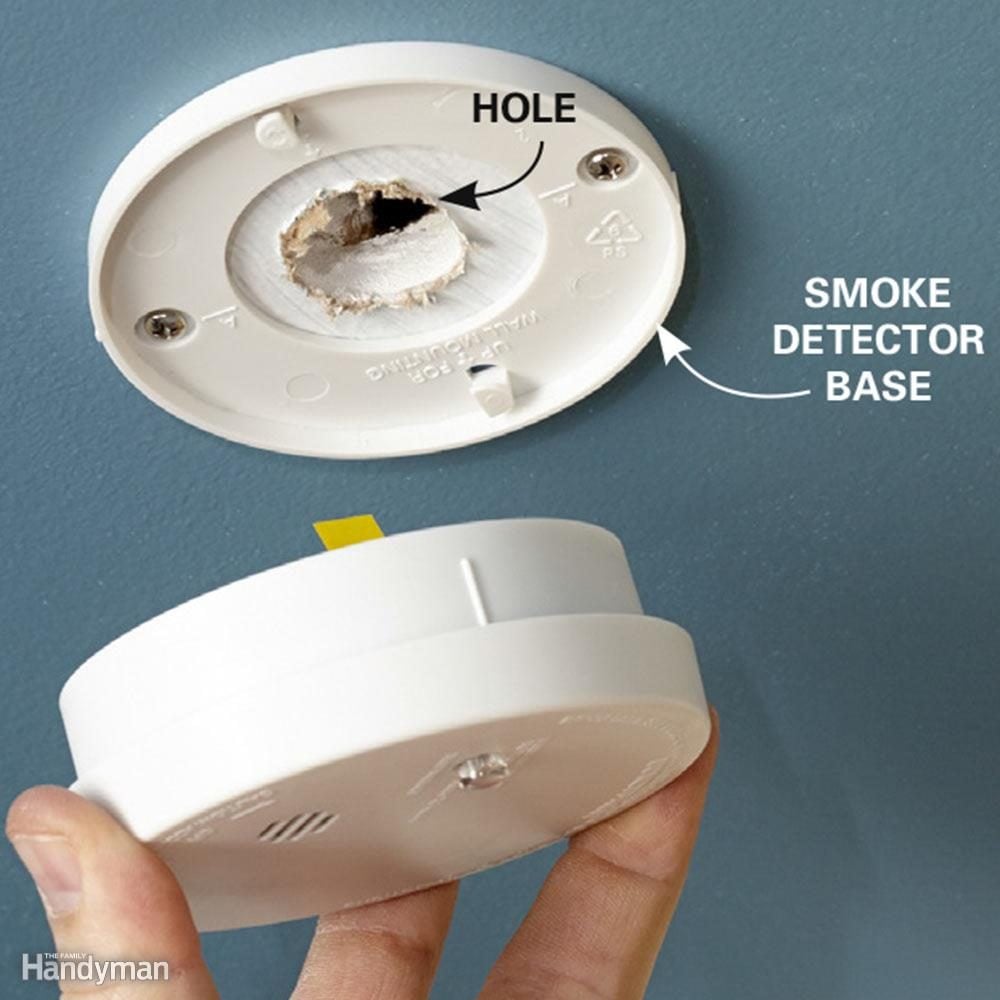
Hide a Hole With a Smoke Detector
Short on time and money? Instead of patching a hole in the ceiling—which usually means repainting the whole ceiling—just cover it with a smoke detector. No more hole, and added safety to boot!
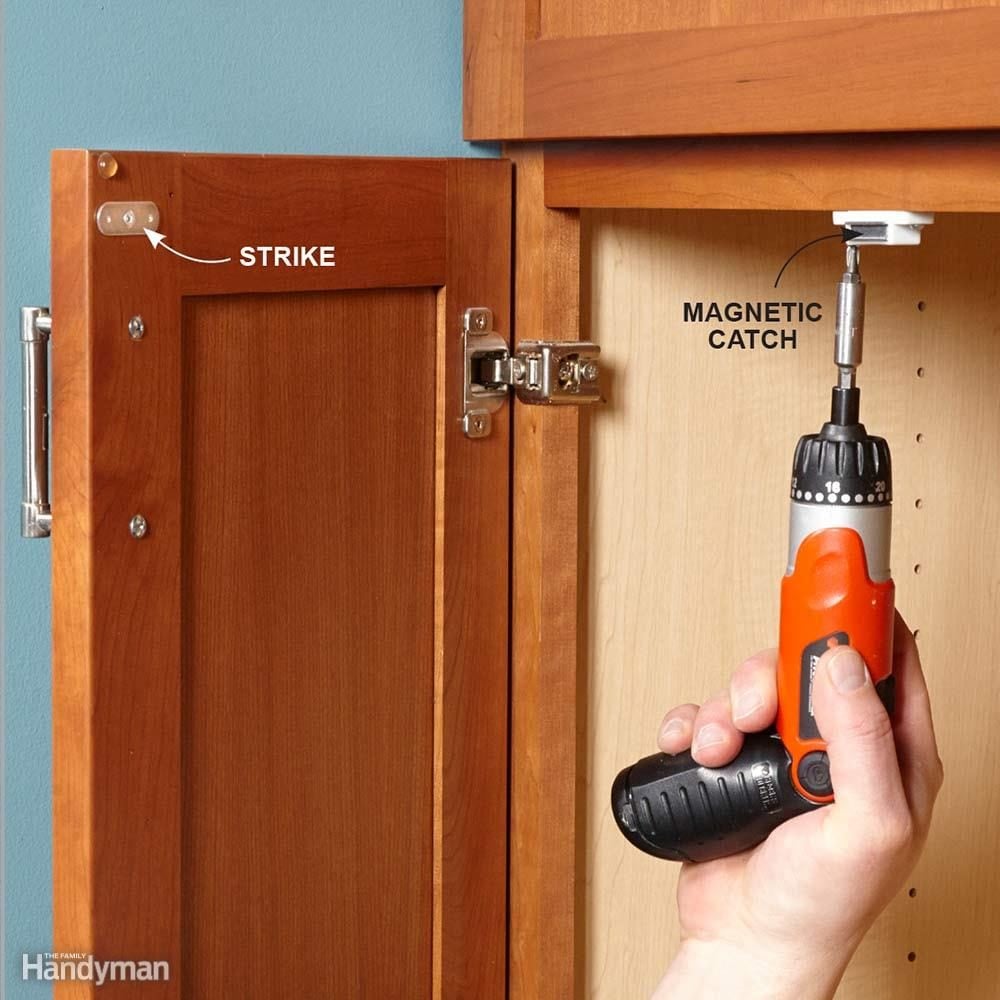
Keep Cabinet Doors Closed
Here's a 10-minute fix for a cabinet door that won't stay closed. Just install a magnetic door catch. Roller-style ones also work, but it's easier to line up a magnetic catch with the strike.

Silence a Squeaky Floor
To fix a squeaky floor under carpet, locate the floor joists with a stud finder, then drive in a trim head screw through the carpet, pad and subfloor, and right into the floor joist. Be sure the top inch of the screw doesn't have threads or the subfloor won't suck down tight to the joist. We like trim screws because screws with larger heads pull down and pucker the carpet. If that happens, back out the screw and drive it back down. Keep adding screws until the squeak stops.
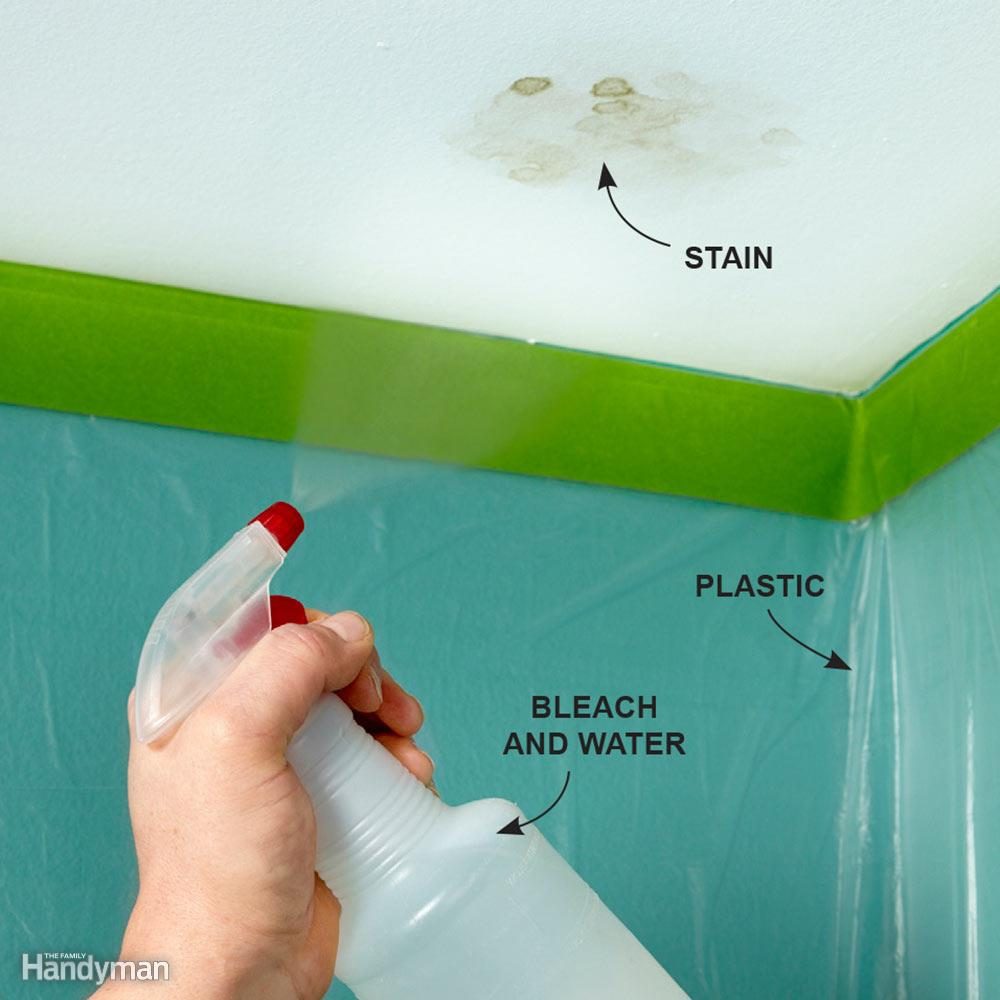
Bleach Away a Water Stain
Before you go through the trouble of repainting a ceiling to get rid of a water stain, try this trick. Spray the spot with a bleach and water solution (10 percent bleach), and wait a day or two. If it's an old stain, use a mold and mildew remover from the grocery store. You'd be surprised how often the stain disappears by the next day. It works on both flat and textured ceilings.
Wear safety goggles, and make sure you protect the walls and floors with plastic.
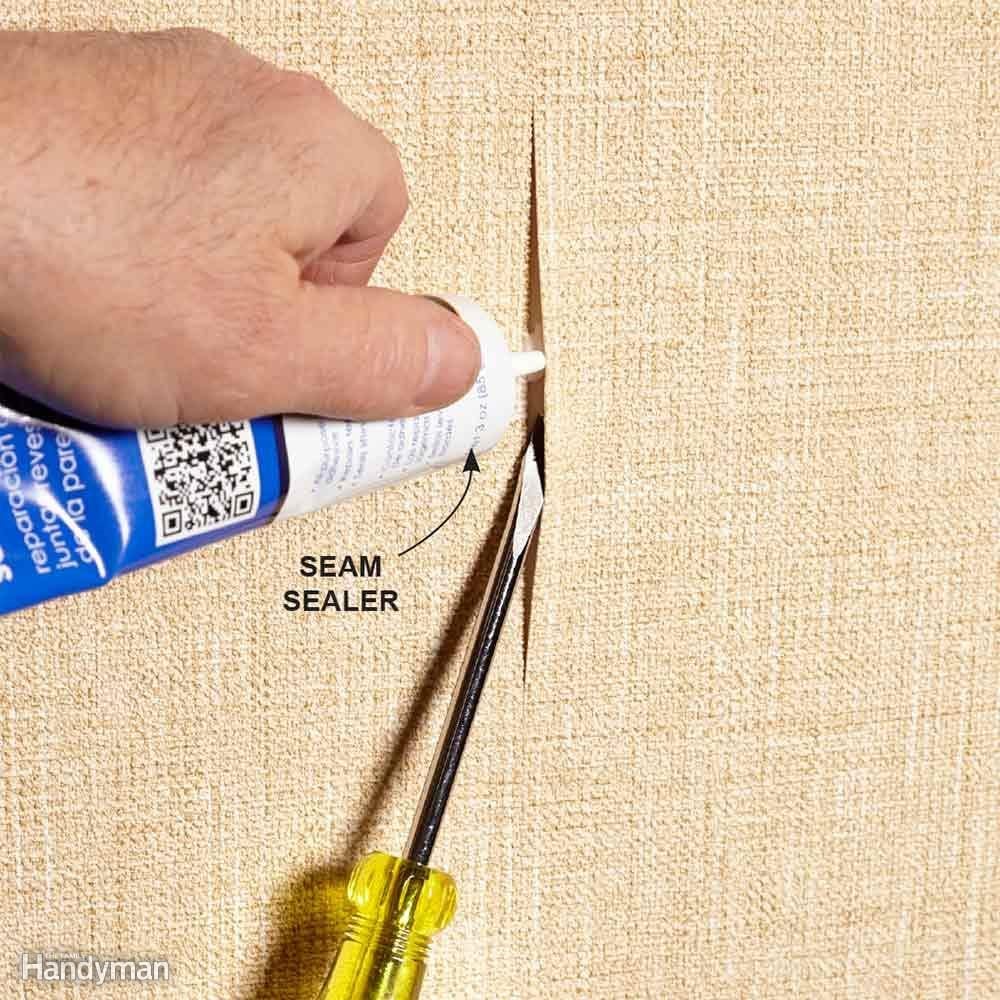
Fix a Wallpaper Seam
If you have a seam that's coming apart, reactivate the paste around the gap with a rag soaked in warm water. Hold the rag over the area for a minute or two, and then carefully open the gap a little larger so you'll have more room for the sealer. Squeeze seam sealer (white glue works in a pinch) into the gap, and press the paper to the wall with a roller. Clean off the excess sealer with a sponge.
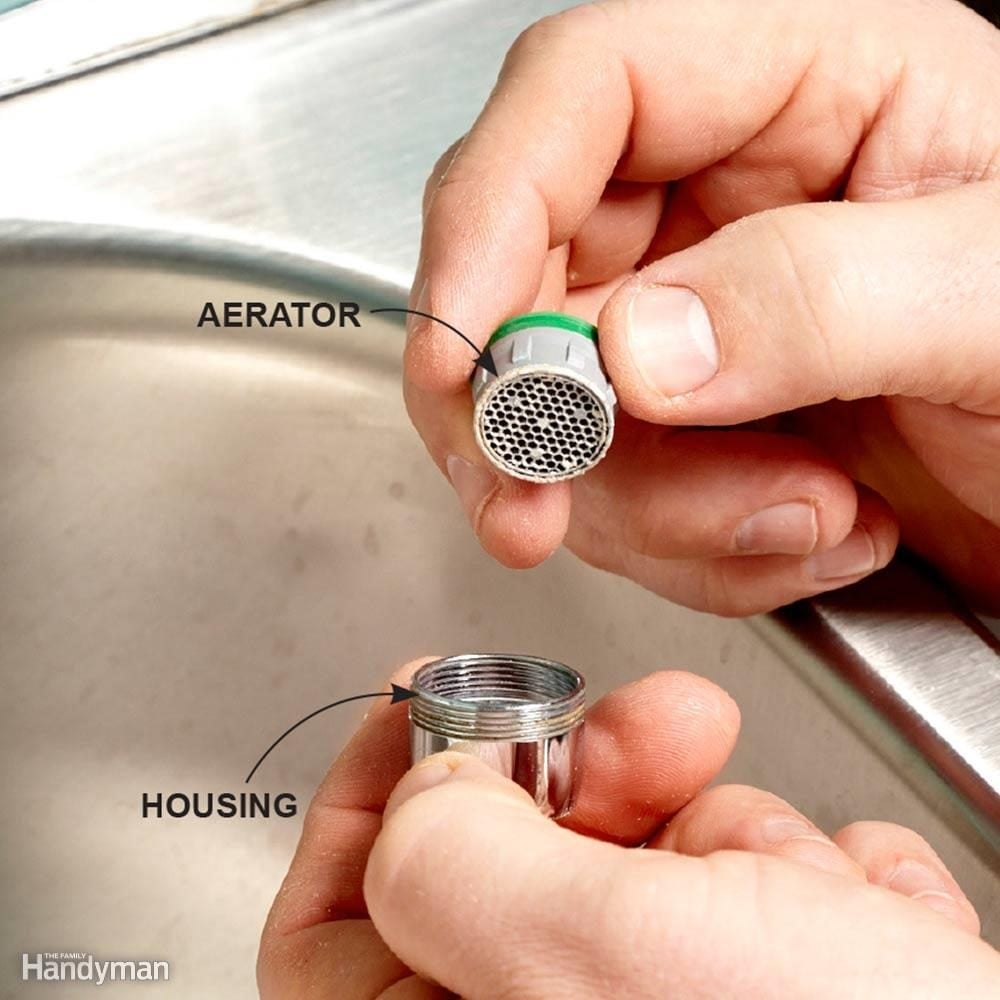
Restore Free Flow to a Faucet
When a kitchen or bathroom faucet loses pressure or starts spraying to the side, it's usually due to a dirty aerator screen. Luckily, cleaning a screen is an easy job. Start by closing the drain plug (so you don't drop parts down the drain). Then remove the aerator using a rag or masking tape so you don't mar the finish with your pliers.
To remove the sand and other deposits, soak the aerator in vinegar, then scrub it with a toothbrush. This usually solves the problem. If you have to disassemble the aerator to clean it, lay out the parts in the order you removed them so you can reassemble them correctly. Still having issues? Do a showerhead deep clean.
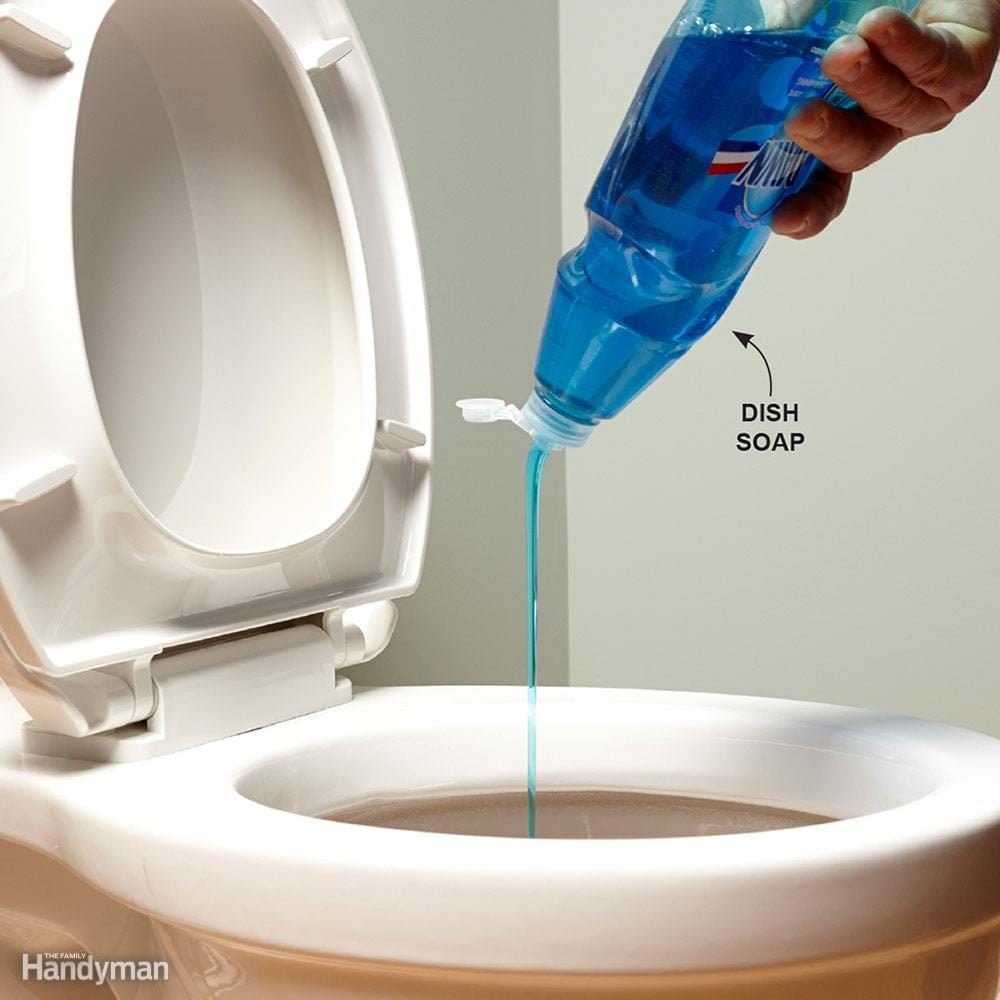
Unclog a Toilet With Dish Soap
If the toilet plunger doesn't seem to be doing the trick, try this solution before you reach for the snake. Squirt about 1/2 cup of liquid soap in and let it sit for a while. The liquid soap reduces friction and will often allow the contents of the bowl to slide on through.
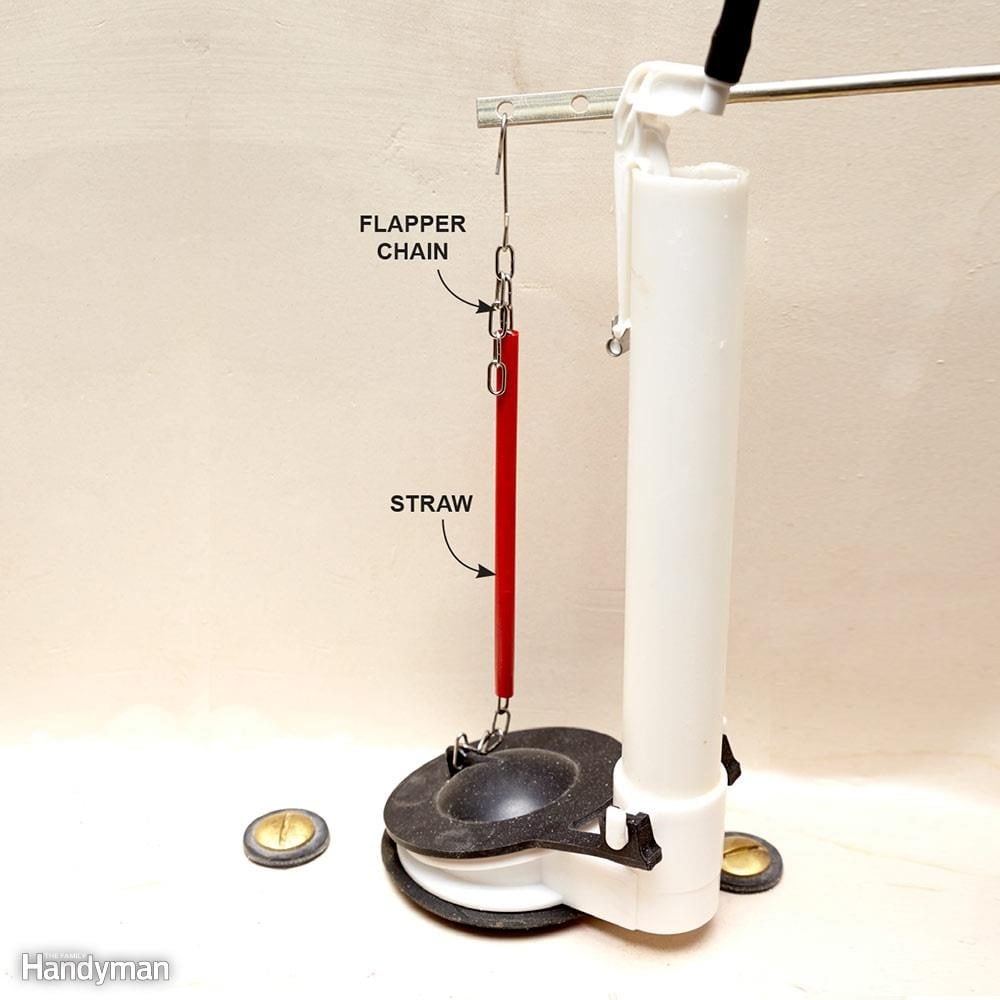
Flush Without Hang-Ups
Here's a quick way to avoid a running toilet caused by a kinked toilet chain. Remove the chain from the arm attachment, and slide a plastic straw over the flapper chain, covering about two-thirds of the chain. Then reattach the chain to the arm. It's that simple, and you'll never have a running toilet caused by a kinked chain again.
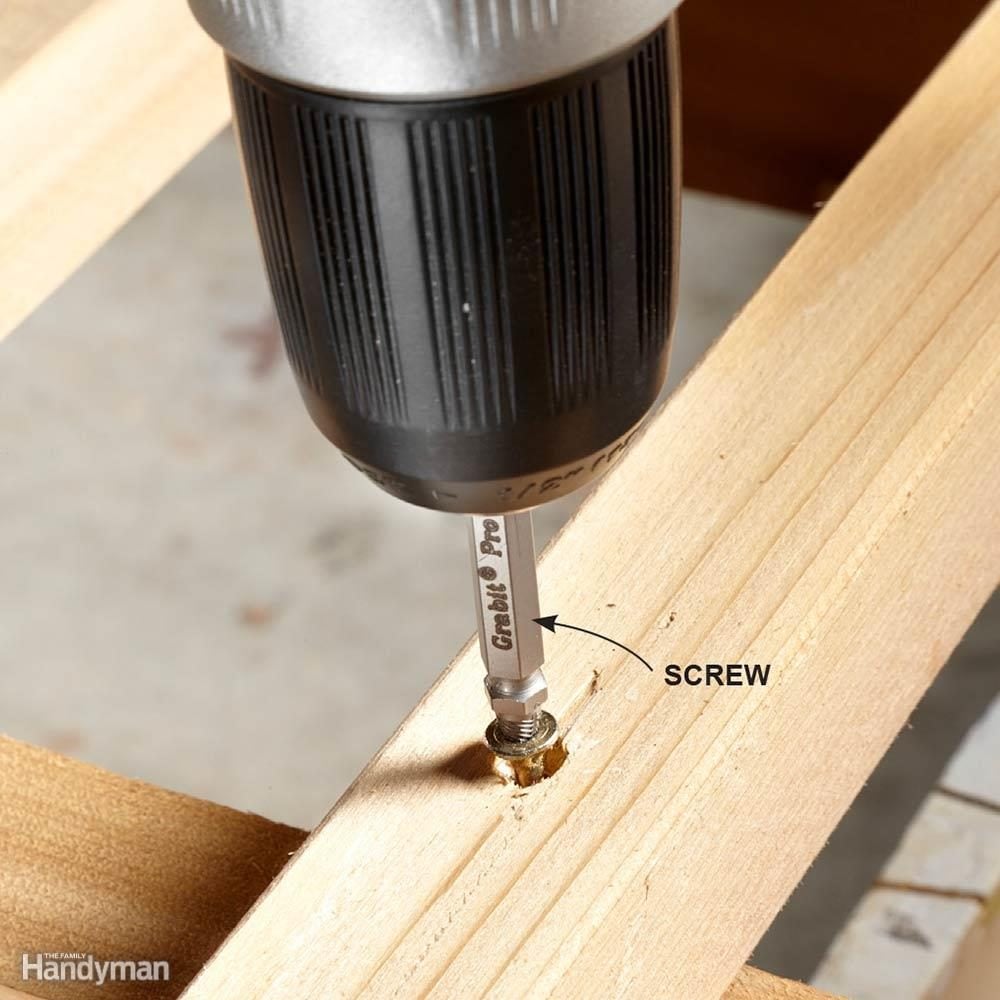
Stripped Screws? No Problem
A stripped screw can turn a 10-minute fix into a two-hour nightmare. One of the best investments a DIYer can make is a screw extraction kit. It comes with three different size bits and costs about $20. One side of the extractor bit reams a hole into the screw, and the other side has reverse threads that dig into the screw as you turn it out.
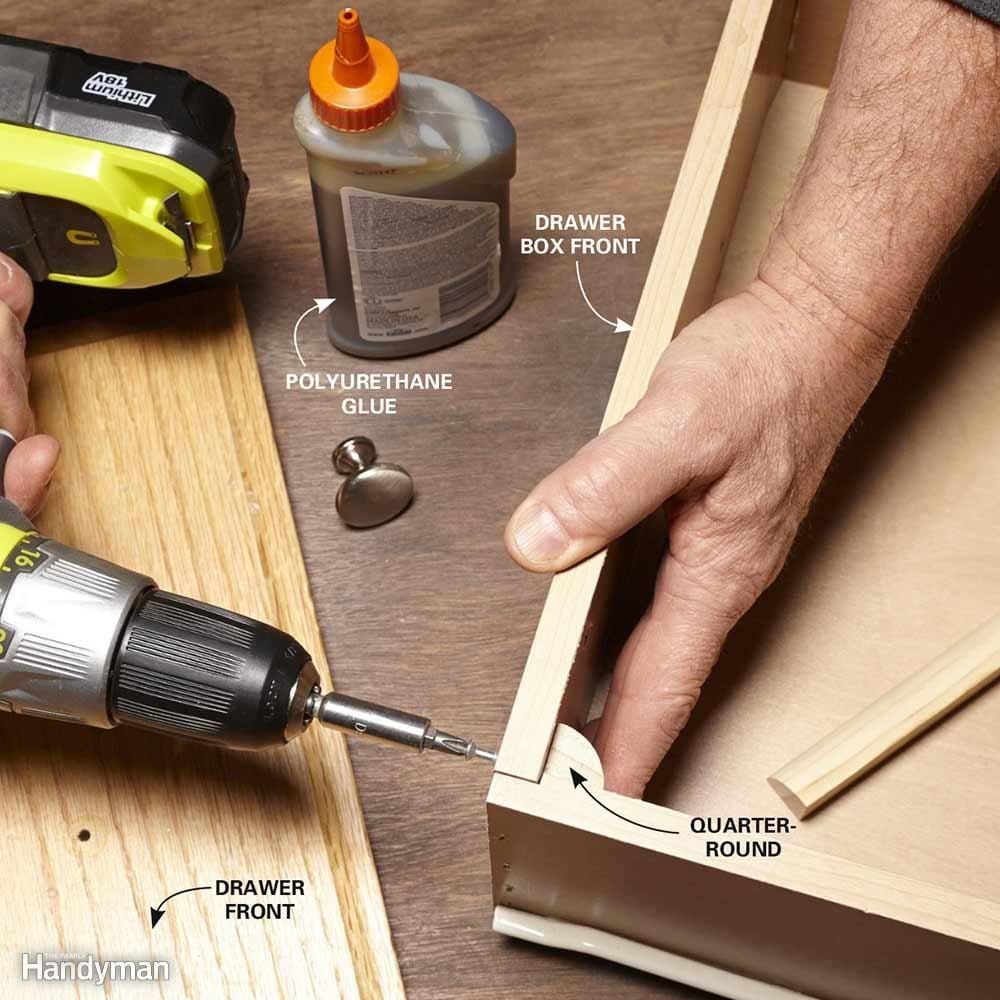
Reinforce a Drawer Front
Here's a quick fix for a drawer front that's pulling off. Cut a couple of lengths of quarter-round the same height as the drawer sides. Hold them in place while you drill a couple of holes through the sides and front of the drawer box. Dab some polyurethane glue (wood glue doesn't stick well to finished surfaces) on the pieces of quarter-round before screwing them into place.

Cover Up a Ceiling Stain
Hide tough ceiling water stains with a spray-on product called Upshot by KILZ. It's blended to match an aged ceiling and even has a vertical spray tip, which makes installation a breeze. Lay a drop cloth on the floor and tape plastic on the walls before you spray.
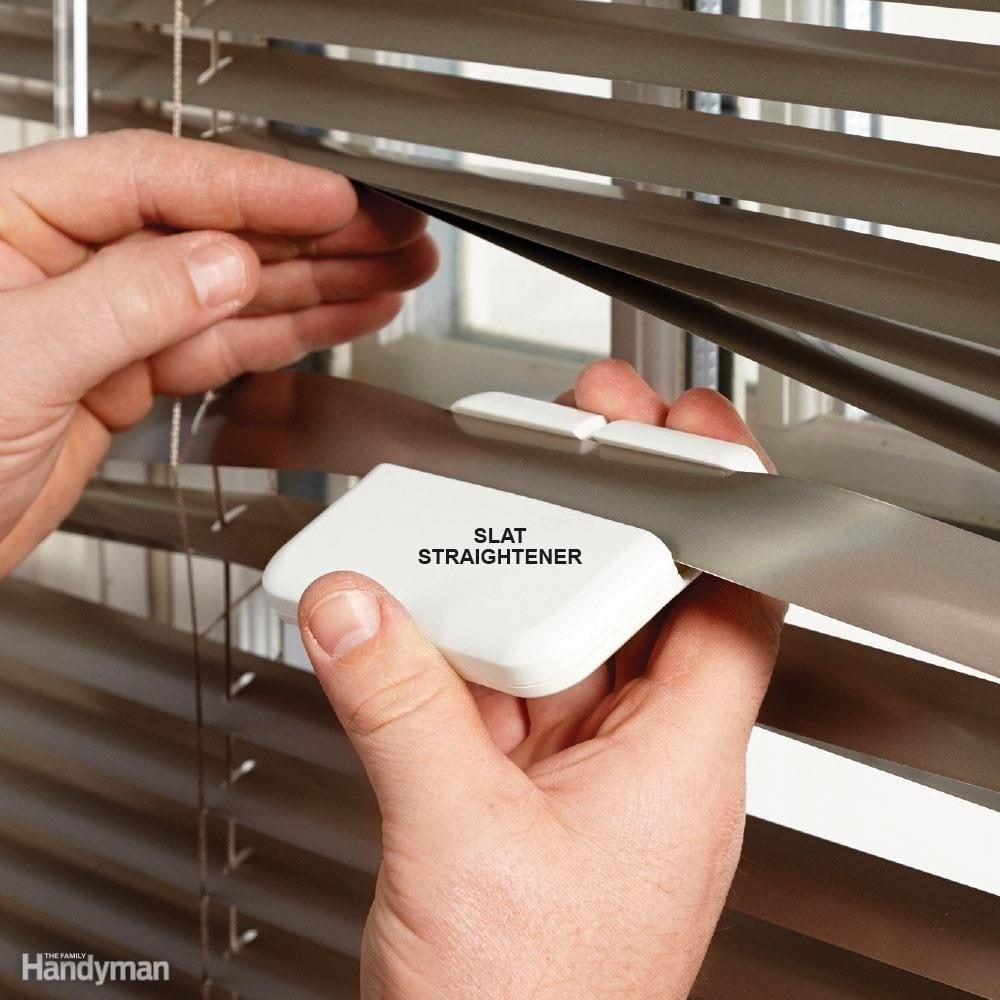
Straighten a Bent Blind
Unmangle mangled mini-blinds with a mini-blind slat straightener. Just slide it over the damaged slat and squeeze. The product, called the MiniBlindRx, works on 1-in. metal slats and is available for about $10.
www.coppercreekhome.com
